NRC, residents discuss TerraPower SMR plans in Wyoming
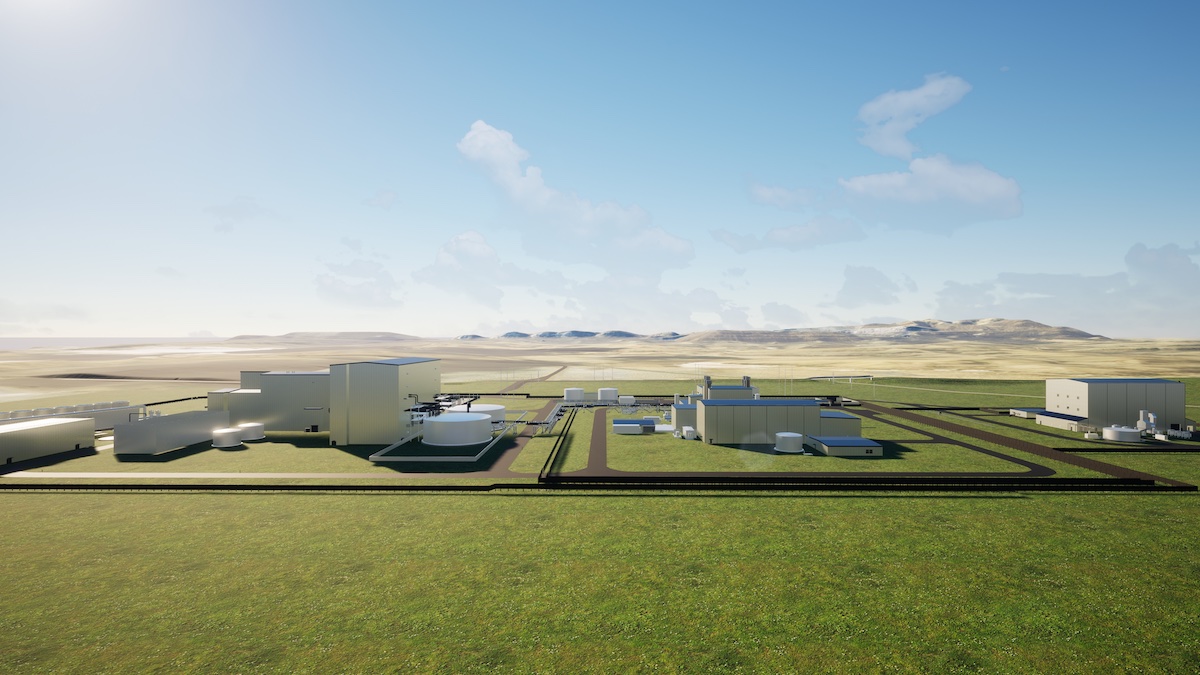
A public hearing in Kemmerer, Wyo., drew dozens of comments and questions about TerraPower’s plans to build the Natrium nuclear reactor demonstration project in the coming years.


A public hearing in Kemmerer, Wyo., drew dozens of comments and questions about TerraPower’s plans to build the Natrium nuclear reactor demonstration project in the coming years.

The recent article “How Innovative Is China in Nuclear Power?” published by the Information Technology and Innovation Foundation (ITIF) describes how China has become the world’s leading proponent of nuclear energy. The reason, the article maintains, is because its nuclear industry has been “supported by a whole-of-government strategy that provides extensive financing and systemic coordination.”
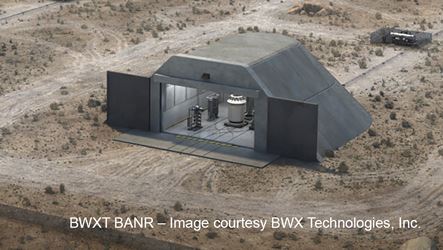
BWX Technologies Inc. received the second phase of a contract with the Wyoming Energy Authority to assess the viability of deploying small-scale nuclear reactors in the state.
The company’s subsidiary, BWXT Advanced Technologies LLC, has been executing the agreement, working with the state of Wyoming to define the requirements for nuclear applications and to study the engineering work needed to support the state’s future power needs. BWXT identified areas where Wyoming’s supply chain could support nuclear reactor component manufacturing.

A ceremony in Wyoming yesterday marked the official start of construction of TerraPower’s planned Natrium reactor demonstration project.
While currently awaiting final review from the U.S. Nuclear Regulatory Commission, TerraPower is moving forward with nonnuclear construction work at a retired coal plant near Kemmerer, Wyo. The groundbreaking brought together TerraPower leaders, government officials, Natrium project partners, industry advocates, and community supporters.

The U.S. Nuclear Regulatory Commission has formally accepted TerraPower’s small modular reactor construction permit application and is scheduling it for review.
The company’s Natrium reactor demonstration project—the nation’s first commercial advanced reactor of its kind—would be built on land in Wyoming near one of the state’s retiring coal plants. Kemmerer Power Station Unit 1 would operate as a 345-MW sodium-cooled reactor in conjunction with molten salt–based energy storage.

TerraPower today submitted its formal construction permit application to the Nuclear Regulatory Commission for the Natrium reactor demonstration project—a milestone submission for the nation’s first commercial advanced reactor of its kind.

Kairos Power has received the go-ahead from the Nuclear Regulatory Commission to build its Hermes demonstration reactor at the Heritage Industrial Park in Oak Ridge, Tenn., making it the first non–light water reactor approved for construction in the United States in more than 50 years.
The Wyoming Energy Authority (WEA) recently recommended nearly $10 million—$9,999,802 to be exact—in funding from its Energy Matching Funds (EMF) program for a proposed project to deploy a BWXT Advanced Technologies microreactor in the state. (BWXT AT is a subsidiary of BWX Technologies Inc.)

The Nuclear Regulatory Commission staff has completed its final environmental impact statement (FEIS) for Kairos Power’s application to build the Hermes demonstration reactor in Oak Ridge, Tenn., and is advising that the construction permit (CP) be issued.
“After weighing the environmental, economic, technical, and other benefits against environmental and other costs, and considering reasonable alternatives, the NRC staff recommends, unless safety issues mandate otherwise, that the NRC issue the CP to Kairos,” the FEIS states.
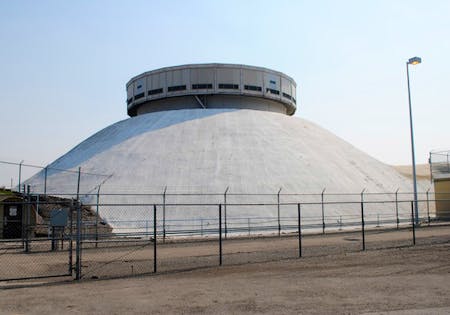
The Department of Energy today released its final environmental assessment (EA) and a proposed finding of no significant impact (FONSI) for the design, construction, and operation of the Molten Chloride Reactor Experiment (MCRE) at Idaho National Laboratory. The draft EA was released earlier this year, in March, for four weeks of public comments.
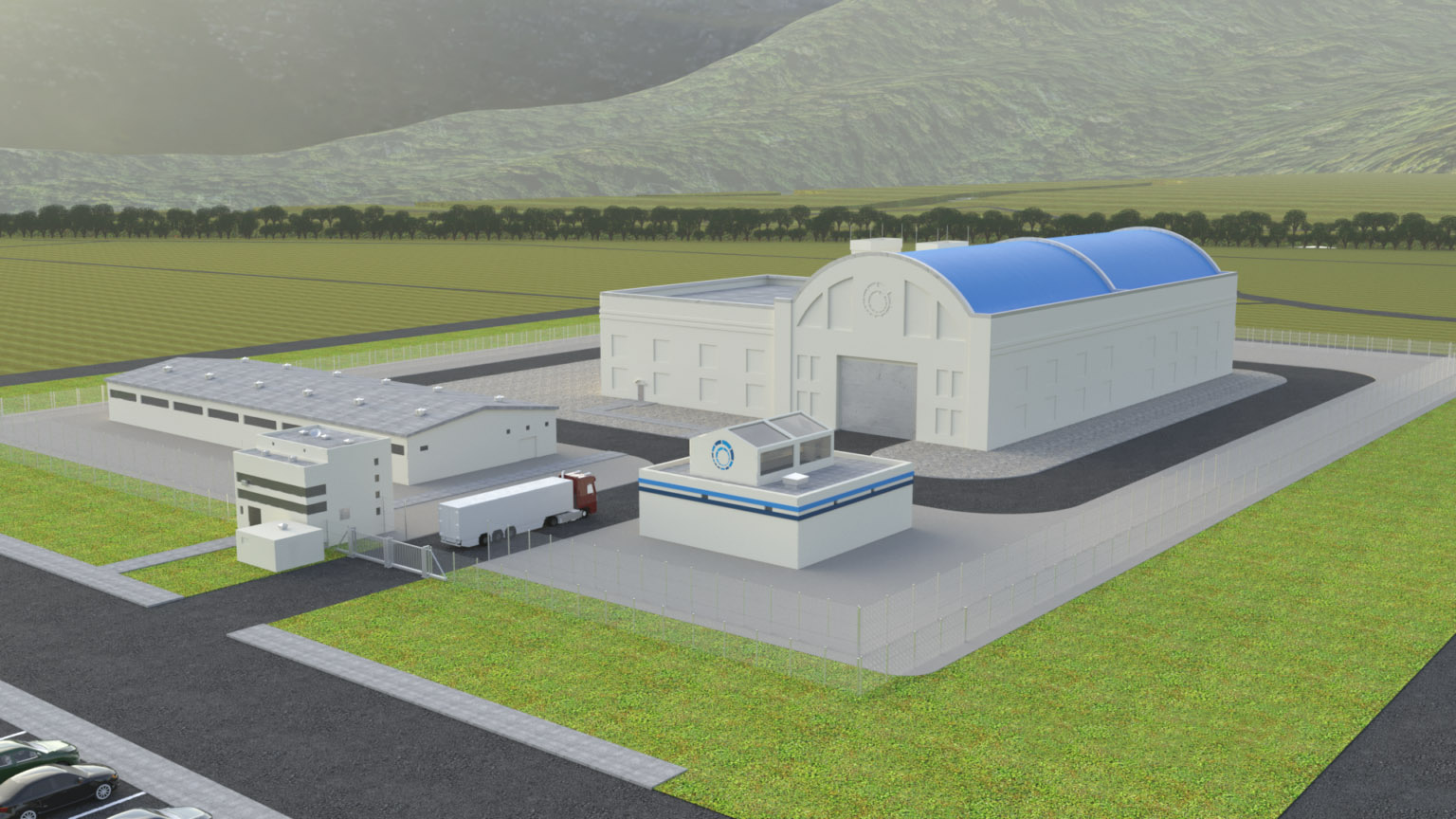
Having completed its review of the construction permit application for Kairos Power’s Hermes test reactor early last month, the Nuclear Regulatory Commission’s Advisory Committee on Reactor Safeguards (ACRS) recently submitted its conclusions to the agency, recommending approval.
In a 68–29 vote on Thursday, the Senate approved the fiscal year 2023 omnibus bill—a $1.7 trillion spending package intended to fund the federal government through next September. The bill is now with the House, where it is expected to pass, averting the unhappy prospect of a partial government shutdown over the holidays.
Labeled H.R. 2617, the 4,155-page measure includes $858 billion for defense, a 10 percent jump from the FY2022 enacted level, and $772.5 billion for non-defense discretionary programs, an increase of 5.5 percent.
The House Appropriations Committee has delivered to the full House the fiscal year 2023 Energy and Water Development bill in a 32–24 vote, along with a notable amendment concerning, among other things, Diablo Canyon, high-assay low-enriched uranium (HALEU), and thorium molten salt reactors. The amendment received a thumbs-up at the committee’s June 28 markup session via voice vote.
After months of negotiations, the House passed a fiscal year 2022 omnibus spending package late Wednesday—the same day that congressional appropriators from both chambers unveiled the long-awaited measure.
Labeled H.R. 2471, the 2,741-page, $1.5 trillion package includes all 12 of the standard annual appropriations bills, providing $730 billion for nondefense programs, a $46 billion (6.7 percent) jump from FY 2021, and $782 billion for defense programs, a $42 billion (5.6 percent) boost. (The bill also includes $13.6 billion to address the ongoing crisis in Ukraine.)
The House also approved, by voice vote, a stopgap bill to extend government funding to March 15 to give the Senate time to review the omnibus bill and send it to the president’s desk for his signature. At this writing, funding for the federal government runs out tomorrow.
The Nuclear Regulatory Commission is requesting public input on environmental issues that the agency should ponder as it reviews Kairos Power’s application for a construction permit to build the Hermes low-power demonstration reactor at the East Tennessee Technology Park in Oak Ridge, Tenn.
In a notice published in the February 18 Federal Register, the NRC says it will conduct a scoping process to gather information necessary to prepare an environmental impact statement (EIS) for the proposed project.
The Department of Energy recently announced the establishment of a new office aimed at supporting clean energy technology demonstration projects in areas such as advanced nuclear reactors, clean hydrogen, carbon capture, and grid-scale energy storage.
A creation of the $1.2 trillion infrastructure bill signed into law by President Biden last November, the Office of Clean Energy Demonstrations boasts a $21.5 billion budget, including $2.4 billion for the Advanced Reactor Demonstration Program.
X-energy, the Rockville, Md.–based developer of the Xe-100 small modular reactor, announced on December 15 that X-energy Canada has signed a memorandum of understanding with the First Nations Power Authority (FNPA) to look for ways to build “Indigenous capacity” for the future SMR industry in Canada.

The Thursday morning executive session at last week’s 2021 ANS Winter Meeting and Technology Expo brought together a group of influential nuclear-policy experts from the United States and abroad to discuss the roles nuclear can play in smoothing the pathway to net-zero emissions by 2050. Specific topics explored included the Clean Energy Ministerial (CEM) and its Nuclear Innovation Clean Energy (NICE) Future initiative, as well as last month’s COP26 climate conference in Glasgow. The session was moderated by Leah Parks, a Nuclear Regulatory Commission risk analyst and 2020 ANS Presidential Citation awardee.
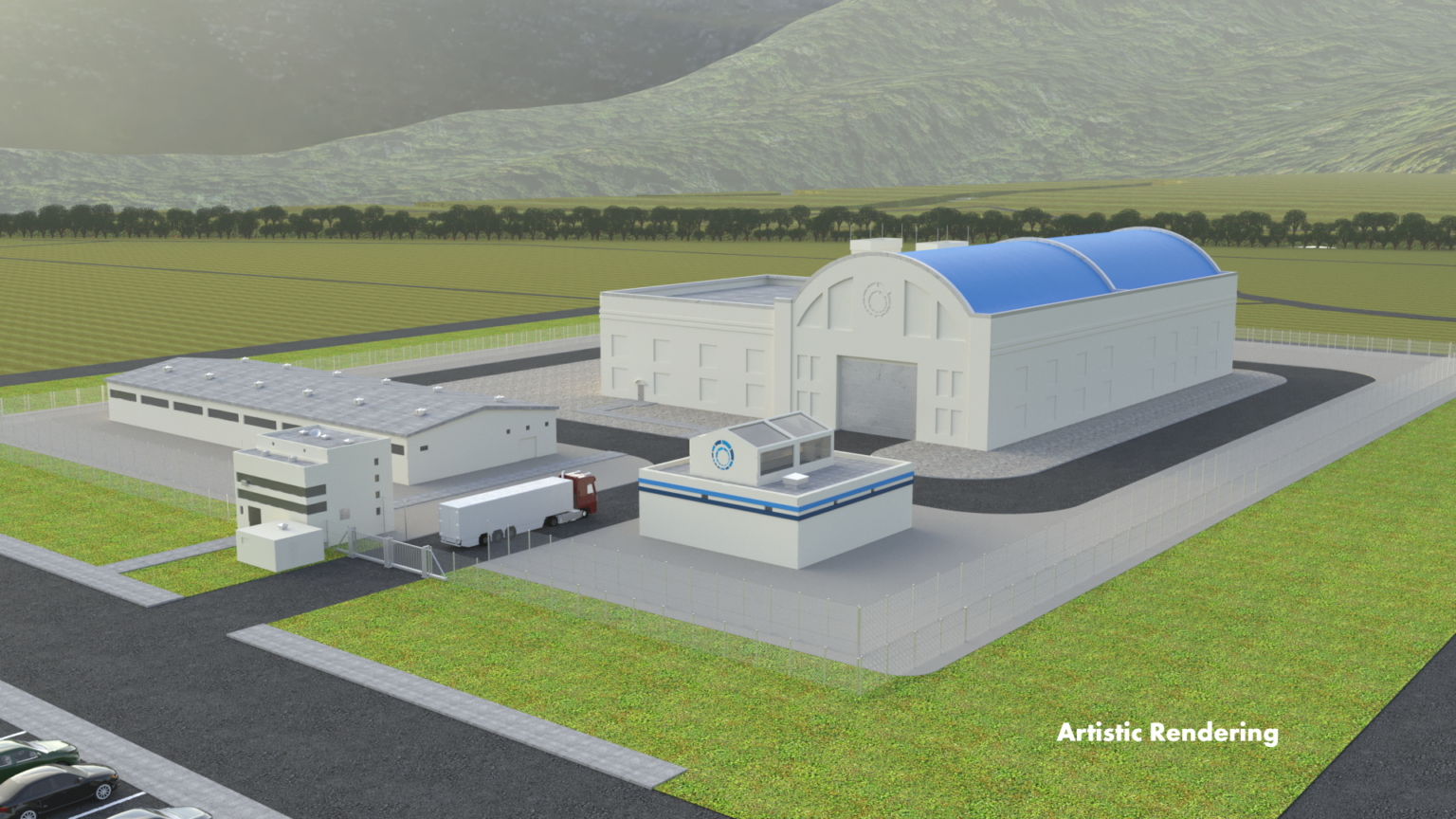
The Nuclear Regulatory Commission recently issued a draft safety evaluation report indicating initial acceptance of Kairos Power’s source term methodology for its fluoride salt–cooled high-temperature reactor (KP-FHR).

After hours of squabbling between left-wing and centrist Democrats, the $1.2 trillion bipartisan infrastructure bill (H.R. 3684)—one of the two main pillars of President Biden’s domestic agenda—passed the House of Representatives late Friday night and has been sent to the White House for signing. The final tally was 228–206, with 13 Republicans joining most Democrats in casting their votes in favor of the legislation.